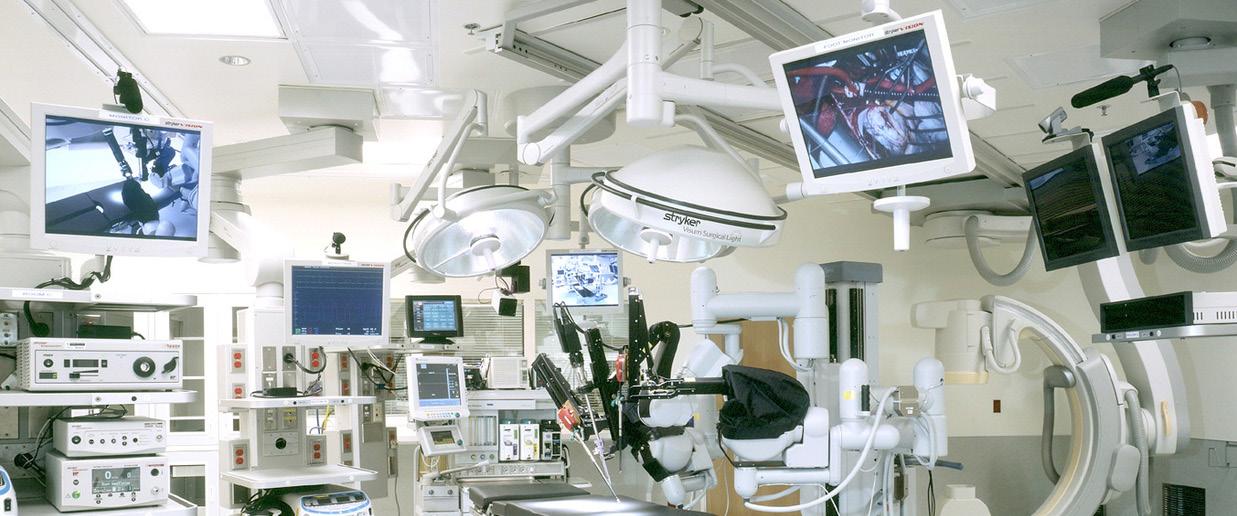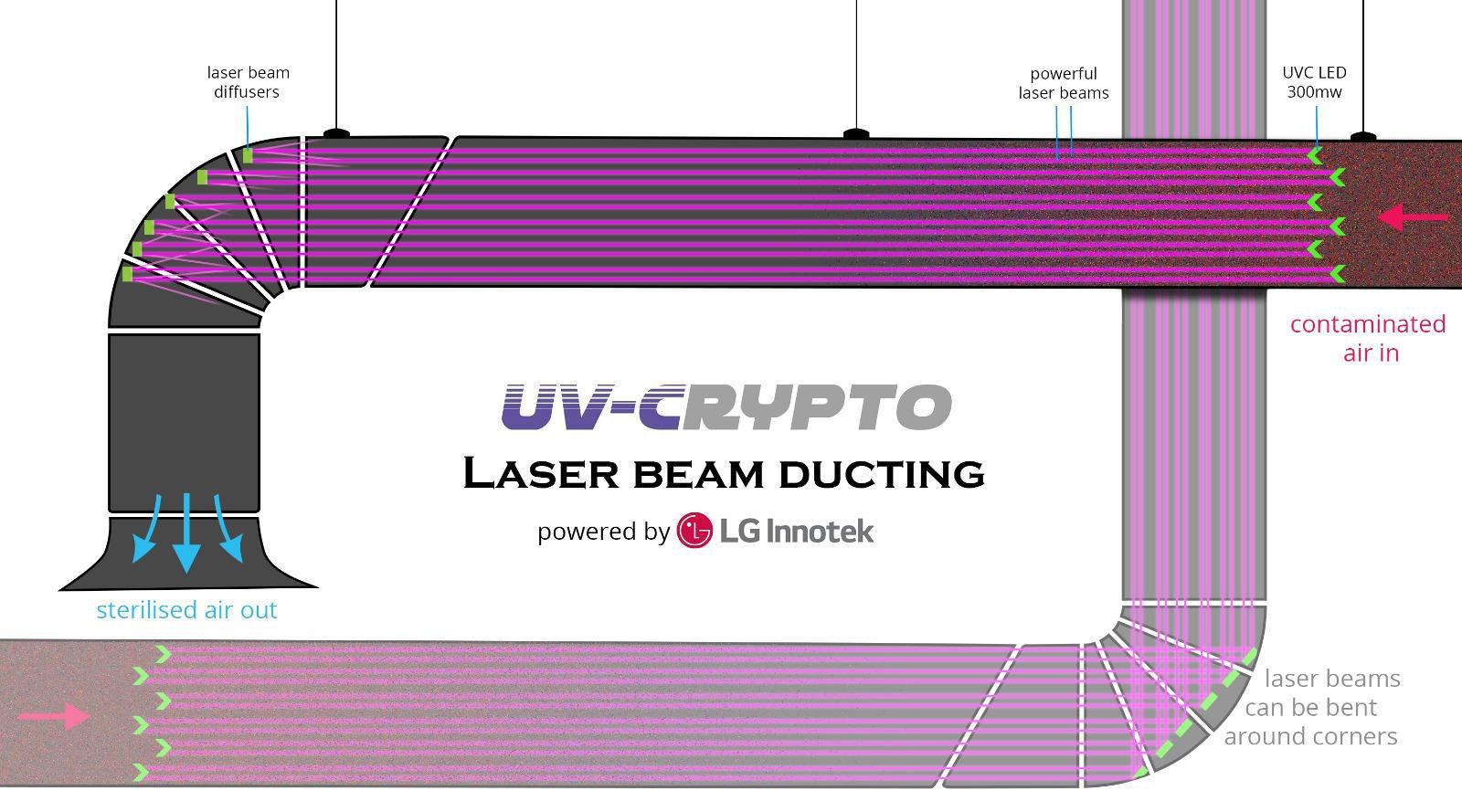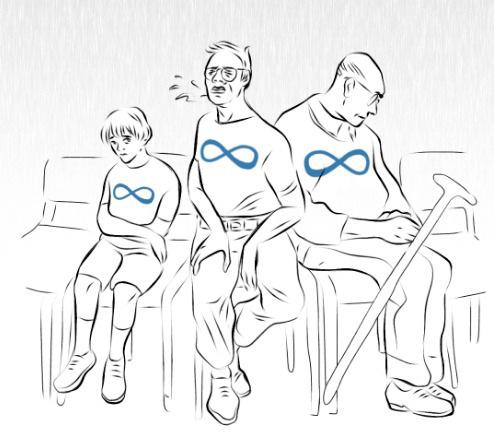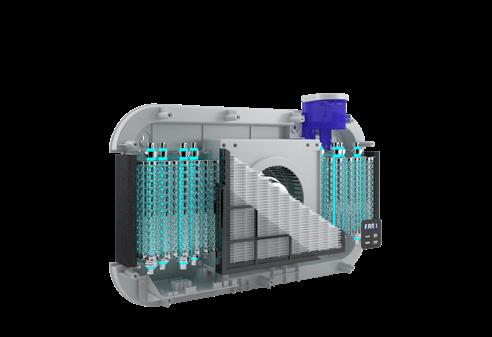DISEASE TRANSMISSION ROUTES AND IMPORTANCE OF AIRBORNE AND DROPLET
Airborne
There are four disease transmission routes. A lot is done to prevent direct and indirect contact disease transmission routes but what about airborne and droplet transmission? It is a common misconception within the healthcare and medical sectors that filters are protecting people from airborne pathogens. As you will see from reading this magazine, filters do trap bacteria, mould and fungi but not respiratory viruses. On top of that, what filters do catch soon starts to multiply on their surface within as little as six days, and can then become the source of contamination. Having the right technology to fight airborne and droplet transmission routes will also reduce direct and indirect contact transmission routes.
DIRECT CONTACT INDIRECT CONTACT AIRBORNE DROPLET
Q: Where does the majority of surface contamination come from? A significant proportion of surface contamination comes from the air. Every day actions like flushing a toilet and changing bed linen can cause plumes of microbial contamination to rise into the air. A single sneeze can release 40,000 virus-containing droplets. Both droplets and particles can remain suspended in the air for hours, until they eventually settle on surfaces. Radic8’s tower units can prevent this by creating a forced airflow, drawing air into the bottom of the machine and delivering clean air out of the top. Radic8 offers real-time protection against airborne pathogens whilst reducing bioburden on surfaces.


















